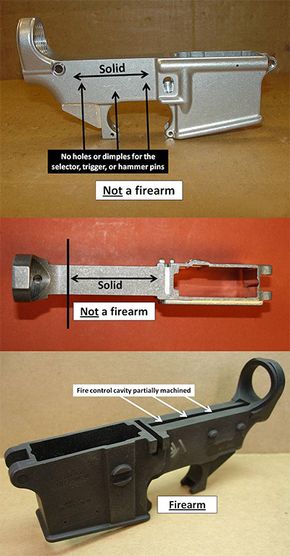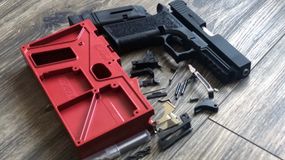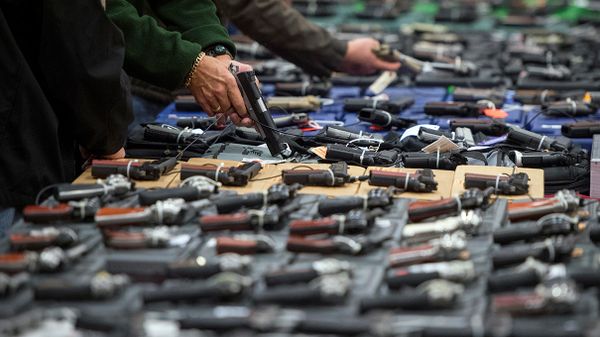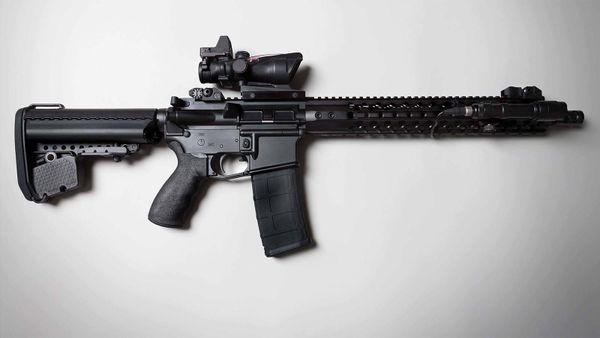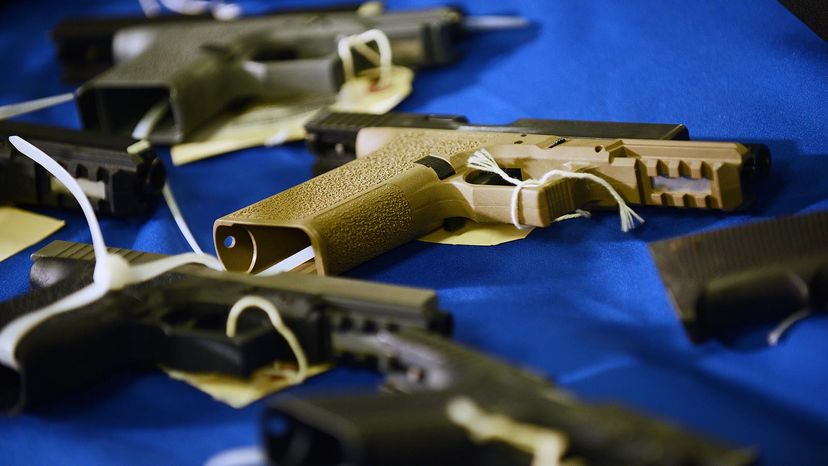
Key Takeaways
- Ghost guns are firearms assembled from parts that lack serial numbers, making them untraceable by law enforcement. These guns can be made from DIY kits or parts sold online, exploiting loopholes in the Gun Control Act of 1968, which requires serial numbers only on the frames or receivers, not on all gun parts.
- The ease of assembling ghost guns has increased with the availability of instructional videos and simple tools, leading to concerns about these unregulated firearms falling into the wrong hands.
- Regulatory efforts to define what constitutes a finished, regulated frame or receiver have evolved, but ghost guns continue to pose a challenge to gun control and public safety.
On a late afternoon in August 2019, California Highway Patrol officer Andre Moye, Jr., 34, pulled over a pickup truck on a freeway for driving illegally in a carpool lane. The driver, a 49-year-old felon named Aaron Luther, had an expired license and no registration. Moye decided to impound the vehicle and was filling out the paperwork when Luther grabbed a military-style semi-automatic rifle from his truck and began firing at him.
Officer Moye was fatally wounded, and when other CHP officers arrived on the scene, Luther fired at least 100 more rounds at them before he was shot by police and killed, according to an account in the Riverside Press-Enterprise.
Advertisement
Luther, who had served 10 years in prison for attempted second-degree murder and other offenses, could not have purchased a firearm legally. But that restriction didn't stop him from obtaining one.
Advertisement
